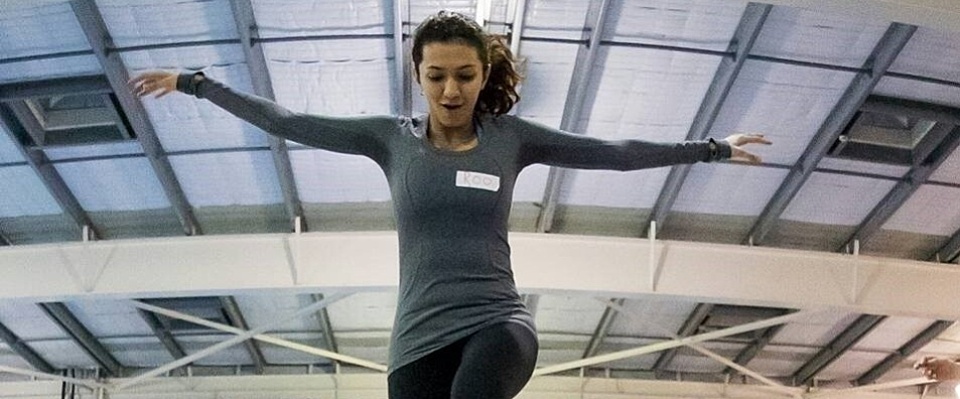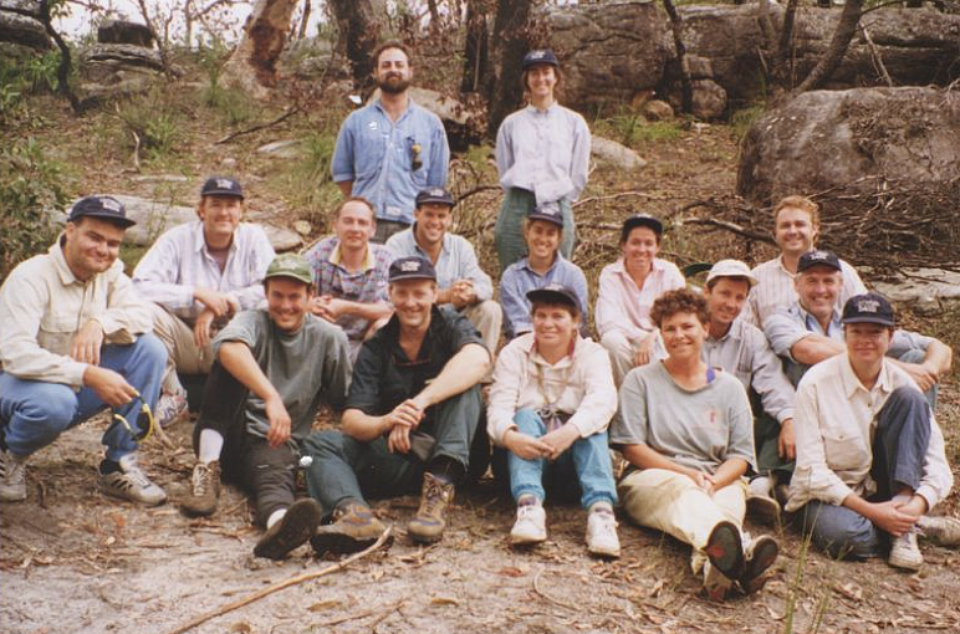
ICDA and BoardPro partnership unlocks digital governance tools for not-for-profits nationwide
Posted on 10 Dec 2025
Adele Stowe-Lindner, Executive Director, Community Directors The Institute of Community Directors…
Posted on 30 Jun 2025
By Greg Thom, journalist, Institute of Community Directors Australia

A coalition of organisations from across the not-for-profit sector, business and academia have urged the federal government to move faster to close the digital divide.
The call to action comes as the latest findings from the Australian Digital Inclusion Index show almost a quarter of Australians – more than 6.6 million people – struggle to engage with digital technology in a rapidly changing world increasingly dominated by artificial intelligence (AI).
The alarming statistics have sparked calls from the Australian Digital Inclusion Alliance (ADIA) for national accountability and coordination in efforts to close the digital gap.
The ADIA has timed the release of a new position paper, A National Approach to Digital Inclusion, with a campaign calling for a fresh focus on digital skills and literacy.
The Alliance said as rapid digitisation continued across all facets of life and AI fast became an everyday reality, it was increasingly important to ensure all Australians can safely and confidently access the economic and social benefits.

Experts estimate that increasing the digital participation of those considered to be "highly excluded" would add at least $500 million in economic benefits to the nation.
The ADIA position paper, which outlines the challenges and opportunities of this brave new digital world, makes three key recommendations:
Alliance members include more than 500 not-for-profits (NFPs), businesses, academic organisations, community organisations and government agencies working together to accelerate action on digital inclusion.
They include tech for social good organisation Infoxchange, whose CEO David Spriggs said most Australians would be shocked to learn that almost a quarter of the population struggles to join in the digital world and all it enables in daily life.
“While digital tools and AI offer great hope to deliver positive social and economic outcomes, those who might benefit most are often those who lack the capacity to effectively engage, whether through gaps of ability, access or affordability,” he said.

Spriggs said the paper recognised the significant economic and social benefits that could be made possible through digital inclusion but also acknowledged gaps in fully understanding the potential impact and appropriate evidence-based policy responses necessary for large scale improvements.
He said it was vital the federal government acknowledged the importance of closing the digital gap and adopt an integrated approach, rather than tackle the issue in a piecemeal fashion.
“Digital inclusion is a multifaceted challenge and interfaces across all areas of social and economic disadvantage. However, approaching the problem in the same fragmented way won’t be enough,” said Spriggs.
He said concepts such as a national device bank comprising donated and refurbished laptops, tablets and mobile phones and a concessional broadband product tailored to delivering affordable internet access to disadvantaged Australians presented strong opportunities for government leadership.
“The Albanese government rightly recognises digital and AI capability as huge opportunities for the nation, and it is imperative that it also recognise and take responsibility for digital inclusion as a crucial foundation for that agenda.”
The paper identified that "connectivity literacy" – defined as the ability to be aware of, understand, select and optimise connectivity options – is also a significant challenge for many people, but not covered by the ADII research.
The paper highlighted a gap in funding for, information on and understanding of the barriers and challenges surrounding connectivity literacy, which can compound digital exclusion challenges.
"There is also a notable correlation between measures of digital inclusion and media literacy, with research showing lower levels of media literacy for many of the cohorts more likely to be digitally excluded, such as older Australians, people with lower levels of education, people with disability, on low incomes and in regional areas," the paper found.

“National leadership and a national approach are essential if we are to close the digital divide.”
Organisations from across the sector lined up to lend their support to the ADIA campaign.
The CEO of the Australian Communications Consumer Action Network (ACCAN), Carol Bennett, said access to communications – for work, education, health, social connection government services – is fundamental to participating in modern life.
“In this context, advancing digital inclusion has never been more urgent. Real progress will require collaboration, and we commend the ADIA for its critical role in bringing together community voices, consumer groups, policymakers and government to drive meaningful change.”
The CEO of the Alannah and Madeline Foundation, Sarah Davies, said digital inclusion provides positive social and economic benefits for all Australians, but a fragmented approach means many still lack the skills, knowledge and capacity to engage effectively in the digital world.
“That’s why the Alannah and Madeline Foundation supports a national approach to digital inclusion, with particular focus on ensuring all children and young people have access to quality digital literacy education that equips them with the skills, knowledge and confidence to safely and successfully navigate and participate in the digital world.”
The CEO of the Smith Family, Doug Taylor, said his charity had seen first-hand the enormous impact access to digitally connected laptops can make to the educational prospects and lives of students and their families.
“National leadership and a national approach are essential if we are to close the digital divide,” said Taylor.
“We need cooperation across departments beyond education, the coordination and cooperation of federal, state and territory governments, and the right policy settings to support this.”
Donated devices key to bridging the digital divide for disadvantaged students
Research reveals elderly multicultural Australians falling through the digital divide
Measuring what matters: Digital ability is key to modern life for all Australians

Posted on 10 Dec 2025
Adele Stowe-Lindner, Executive Director, Community Directors The Institute of Community Directors…

Posted on 10 Dec 2025
The Australia Institute has called on the federal government to force Australian businesses to be…

Posted on 10 Dec 2025
Economic empowerment is essential to enabling recovery, restoring agency and preventing future…
Posted on 10 Dec 2025
A long-time advocate for rough sleepers in northern New South Wales has been named her state’s…

Posted on 10 Dec 2025
What a year 2025 has been, particularly at a national level where the Parliament and politics as we…

Posted on 10 Dec 2025
Anyone working in an organisation knows it: meetings follow one after another at a frantic pace. On…

Posted on 10 Dec 2025
As a qualified yoga instructor who learned the practice in her hometown of Mumbai, Ruhee Meghani…

Posted on 10 Dec 2025
Community Directors trainer Jon Staley knows from first-hand experience the cost of ignoring…

Posted on 10 Dec 2025
Stressed, overwhelmed, exhausted… if you’re on a not-for-profit board and these words sound…

Posted on 10 Dec 2025
The Institute of Community Directors Australia trains over 22,000 people each year, which gives us…

Posted on 09 Dec 2025
The late Sir Vincent Fairfax is remembered as a business leader, a chairman of AMP, and an active…

Posted on 08 Dec 2025
A pioneering welfare effort that helps solo mums into self-employment, a First Nations-led impact…